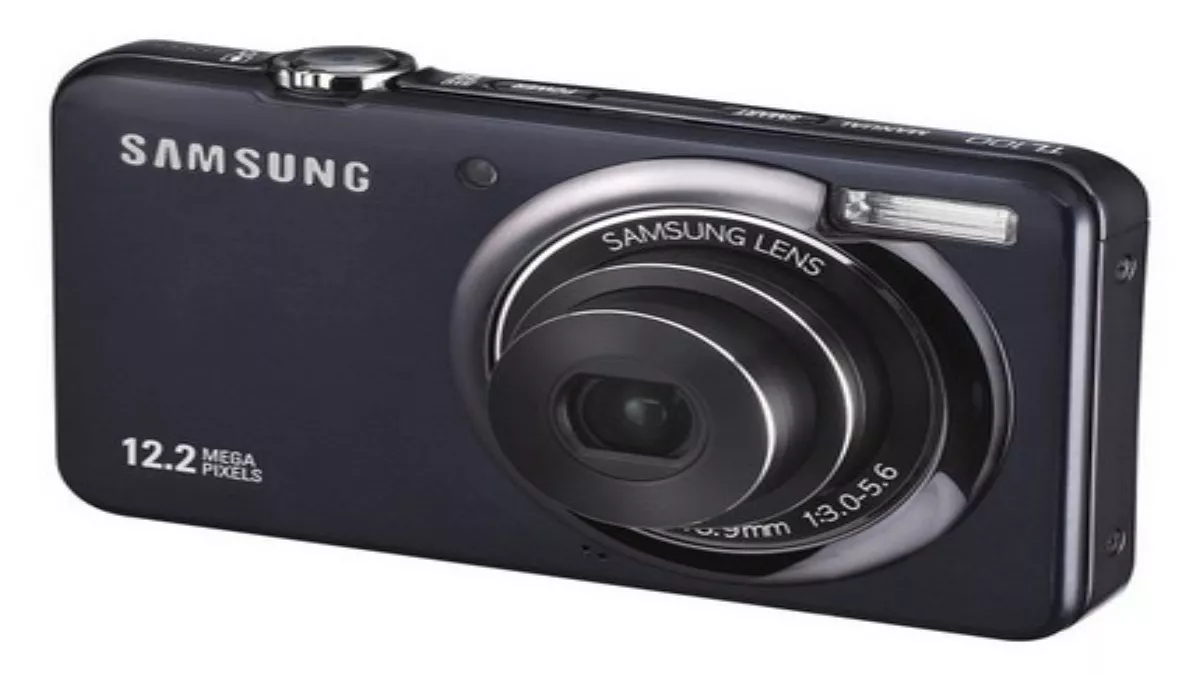When it comes to cameras one thing is certain - analogue is well and truly dead. From ease of use, to printing and photo-manipulation options, and now price, nothing beats digital. But just what should you look for when purchasing a new digital camera? One thing’s for certain: there’s more to it than just megapixels.If fact, when it comes to buying a digital camera, forget about megapixels. These days even the most basic digital camera has more than enough resolution for 99% of your photographic needs. Planning on blowing your prints up to poster size? Planning on doing radical zooms on your pics? If not, megapixels needn’t come into it. In fact, higher megapixel count can actually create excess ‘noise’ and a blurrier image under certain circumstances. Instead focus on functionality, value for money and quality components.Check out the size and weight of the camera. When it comes to digital cameras, size does matter, but perhaps not how you think. Don’t assume that the biggest camera on the shelf, or the one with the largest looking lens, is the best. A camera that sits comfortably in your pocket, one that you actually use, is infinitely better than one you leave at home. Check out the screen. These days nearly all digital cameras have an LCD screen. If you can check the quality of the screen in both bright and low light situations, do so. Some screens will look grainy in low light and others will become hopelessly washed out in bright light. One remedy for screen shortcomings is the old-fashioned viewfinder, and some digital cameras include one as a backup. These can be invaluable when shooting pictures on the fly, and many photographers actually prefer them for quick point-and-shoot shots.Check the zoom. The degree of zoom boasted by a camera is usually contingent upon price. Cheap digital cameras will have lower zooms, while more expensive models will have much higher zooms, often as high as 24 x zoom or even more. Remember however: the further you zoom, the more difficult it is to produce crisp images. While many cameras feature stabilisation technology, quality varies, so if you’re planning on doing a lot of radical zoom photography it might pay to purchase a tripod to ensure good results. Automatic verses exposure controls. Be honest when it comes to assessing your skills with a camera. If you’re simply looking to take holiday snaps or quickly capture a serviceable image without too much thought, good automatic point-and-shoot capabilities are a must. Try setting the camera to full zoom and letting the auto-focus do its job. Did it work quickly? Are the results good? How about in low-light situations? If it performs well under these conditions, then this may be the camera for you. If you’re an expert however, or are planning on taking pictures in specific situations (such as night shots or macro photography, for example), being able to adjust the lens opening and shutter time is crucial. Take a few shots in-store and select the model with the best results.Face detection. More recent models may offer face-detection technology. These cameras will automatically focus, adjust expose and engage a flash if necessary. Some can even tell when the subject is smiling and will take the shot accordingly. If you’re doing a great deal of social photography, investigate your options in-store.Check the menu. Scroll through the menu. How easy is it to figure out what you want to do? The layout of digital menus varies wildly from camera to camera - some are designed to be idiot-proof, while others are burdened by complicated and counter-intuitive layouts that can make performing even the simplest of actions frustrating. Play with the camera for five minutes. If you’re still confused, select a different model.
FutureFive New Zealand - Consumer technology news & reviews from the future


